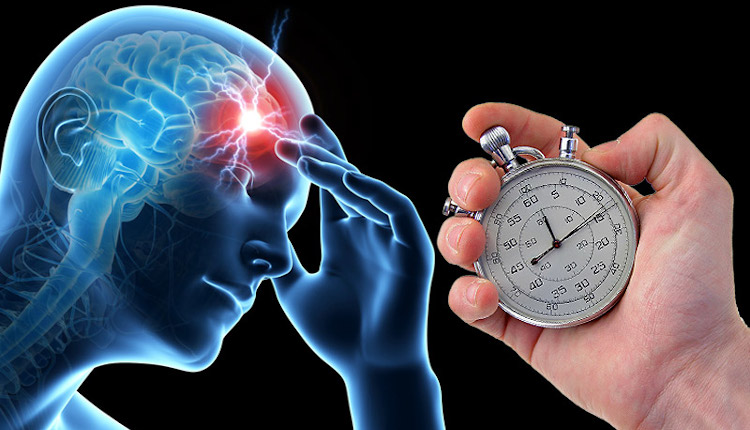
Acute stroke patient: cerebrovascular assessment
In a patient presenting with an acute stroke, the radial pulse and arterial pressure of the 2 arms should be compared to look for a possible painless aortic dissection, which may occlude a carotid artery and cause a stroke
Assessment of the acute stroke patient: the inspection
The skin, sclerae, eye fundus, oral mucosa and nail beds are inspected for haemorrhages, or the presence of cholesterol or septic emboli.
ECG EQUIPMENT? VISIT THE ZOLL BOOTH AT EMERGENCY EXPO
Auscultation of the heart in patient assessment
Auscultation of the heart can distinguish new or developing murmurs and arrhythmias.
Vascular murmurs perceived over the skull may indicate an arteriovenous malformation or fistula or sometimes a reversal of flow in the polygon of Willis secondary to carotid occlusion.
Auscultation of the carotid arteries may detect murmurs near the bifurcation; excessive pressure should be avoided.
By moving the bell of the stethoscope along the neck towards the heart, the examiner can identify a change in sound that may distinguish a vascular murmur from a systolic heart murmur.
Reduced carotid pulse vigour or a murmur that lasts in diastole suggests severe stenosis.
Peripheral pulses are palpated for peripheral vascular disease. Temporal arteries are palpated; enlargement or hardening may suggest temporal arteritis.
Read Also:
Emergency Live Even More…Live: Download The New Free App Of Your Newspaper For IOS And Android
Atrial Fibrillation Ablation: What It Is And How To Treat It
Brain Stroke: The Importance Of Recognising Risk Signals
What Heart And Stroke Patients Need To Know About COVID-19 In 202


